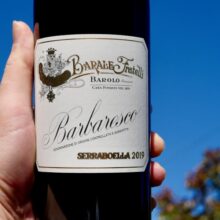
Product information
Barale Barbaresco ‘Serraboella’ 2019
$121
Description
The 2016 of this was a cracker. True to the vintage & site with bold yet refined structure. The 2019 is again a cracker and true to vintage. This time all grace and elegance from what is proving a classic year.
Beautifully weighted, the body of this slightly warmer vineyard with the clarity and sophistication of 2019 Barbaresco. Rich red fruit with a savoury darkness creeping in matched with all the layers of complexity that seem to be ever-present in Barale’s wines. I could wax lyrical about all the scents and flavours, instead I’ll leave it at … WOW!
And then there are the tannins … in the wine dictionary under quality Nebbiolo tannins from Barbaresco there is a picture of this bottle!
Such a complete wine. Entrancing perfume and harmony. Incredible touch.
There’s a big difference between old school, never changed a thing, and, old school true to style, yet, with deep consideration of modern science. Looking at the film below you’d think Barale may be the former. Reading their website it is clear that they are the later.
In stock



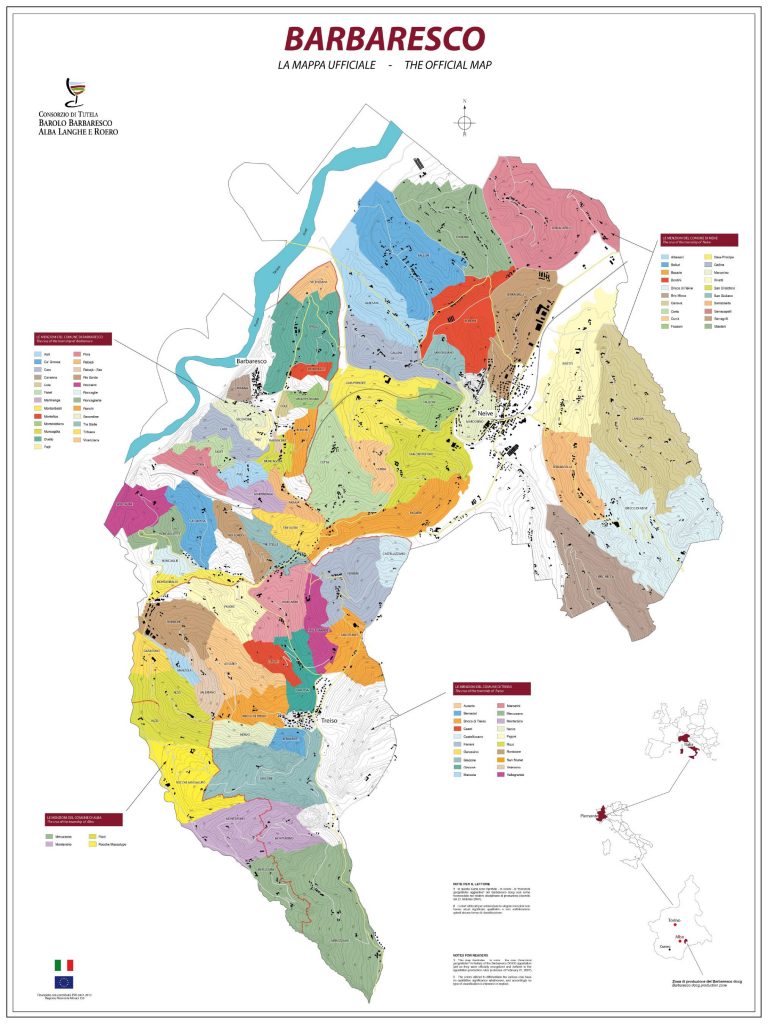
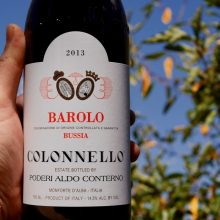
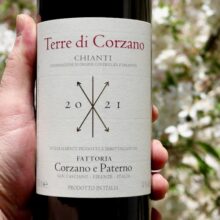
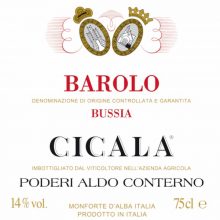
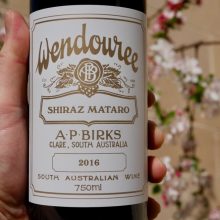
You must be logged in to post a comment.